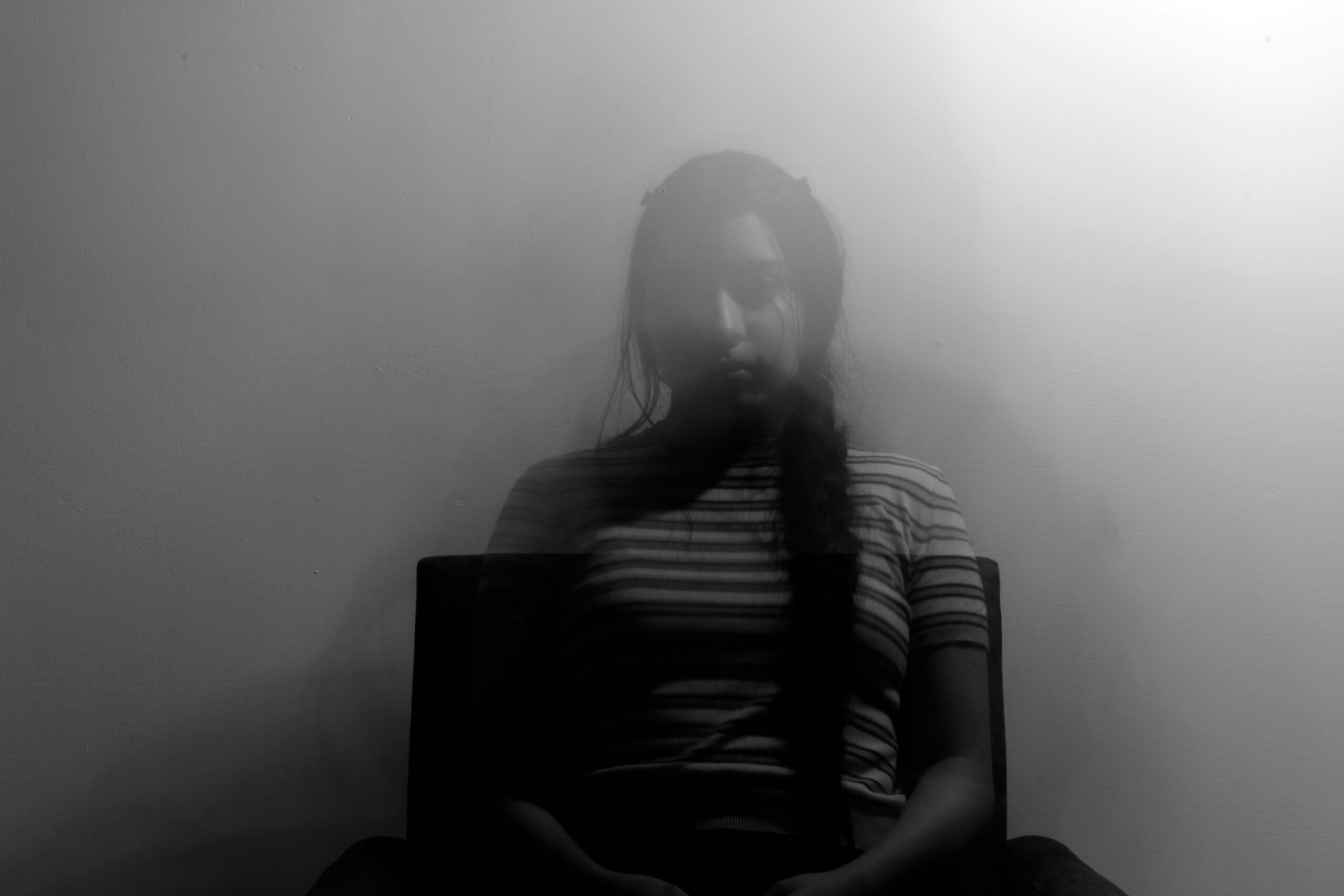What is the Definition of Drug Paraphernalia?
Federal Statutes defines paraphernalia as “any equipment, product, or material of any kind which is primarily intended or designed for use in manufacturing, compounding, converting, concealing, producing, processing, preparing, injecting, ingesting, inhaling, or otherwise introducing into the human body a controlled substance.” For the ease of understanding, drug paraphernalia is anything connected to illegal drugs. For the sake of this discussion, we are simply looking at the devices used to aid in preparing or placing the substance within the human body, or have a direct connection to the first list. Just as with the sugar cube method, controlled substances become introduced into the human body by way of various household items. The methods by which a drug addict can inject or ingest continues to grow every day. The issue is knowing how to see the signs of drug addiction by the various drug paraphernalia discovered around the home.
What the Law Says about Drug Paraphernalia?
To possess certain non-prescription drugs like heroin, marijuana, and cocaine is illegal under federal law and many states. Did you know that possessing drug paraphernalia can be prosecuted? That includes the possession of the item with no drugs even being present. To know what the law states about the use of paraphernalia of any kind is to research what your state or even city has to say about it. The situation or level of crime may determine if the charge is considered a felony or a misdemeanor. Federal law looks at drug paraphernalia as
- Sell or offer to sell drug paraphernalia
- Mail drug paraphernalia or transport it through interstate commerce
- Import or export drug paraphernalia
The issue of making it a court issue at the state level has more to do with the possession or use of various paraphernalia. The consequences will differ from drug paraphernalia in Texas to that of some other state. The level of a crime of drug paraphernalia will also depend on some each state’s statute at what they deem as an illegal drug. Thus, making the paraphernalia associated to that drug as either prosecutable or not. Washington and Colorado, for example, legalized certain uses of marijuana. So Colorado allows some drug paraphernalia that Wyoming does not. Considering each state is different when it comes to drug paraphernalia legalities, knowing what the law is for your location is necessary.
What are Drug Paraphernalia Types?
This list identifies paraphernalia items that promote the ingestion, inhalation or injection of controlled substances.
- Hookahs and Bongs
- E-cigarettes
- Roach clips
- Rolling papers
- Cigars
- Pipes
- Tin foil
- Needles
- Small spoons
- Straws or paper tubes
This list references items that are not for ingestion, inhalation or injection. They have a connection to drug paraphernalia for various reasons.
- Glow sticks
- Surgical/dust mask
- Lollipops and pacifiers
- Aerosol cans
Drug Paraphernalia Examples
Hookahs and bongs
These types of paraphernalia use water to filter the smoke. The idea is that this is a cleaner approach to smoke tobacco, marijuana leaves, and other controlled substances. The problem is the water does not cleanse out the toxins that exist. The facts is that using these devices are no safer than smoking a cigarette. Be it nicotine or THC; the toxicity still affects the body. It may seem that water cleans out the impurities, but the truth is these forms of paraphernalia do nothing to stop the addictive effect.
E-cigarettes
The popularity of e-cigarettes has grown in the past decade. Among young people, electronic cigarettes continue to replace classic smoking at an interesting rate. E-cigarettes, or e-cigs, incorporate creating a tobacco vapor. These devices utilize cartridges that contain the substances ingested. Although e-cigarettes utilize tobacco, they are not the only ingredient. E-cigarettes allow for marijuana cartidges as well. The problem with e-cigarettes is that other additives are added to the cartridges and create a problem for toxicity. Like water pipes, e-cigarettes do not offer a clean method of smoking marijuana or tobacco. In fact, the research implies that the risk level may be substantially higher because of the variables that exist within the cartridges. Changing the way something is smoked does not alter the effects upon the body.
Roachclips
Roachclips are tiny metal clips and are used by marijuana smokers to hold onto the joint. When the blunt or joint gets too small to hold with fingers, the individual will use the clip to make it easier to manipulate. People that smoke marijuana use roach clips to prevent their finger tips from burning. As paraphernalia, these clips found around the house decorated with feathers. If your son or daughter does not usually have things in their hair, these clips might be a tell-tale sign of marijuana use.
Rolling Papers
What makes rolling paper so popular for marijuana smokers is their ease of use. Tobacco users have the “luxury” of already rolled cigarettes. For marijuana users, the convenience is not so readily available. Although tobacco can be rolled and smoked (a “spliff”), Marijuana users find rolling easy to use. It is extremely easy to conceal rolling paper. In a person’s wallet or handbag, tucked inside of a book, the possibilities for secreting rolling paper is unlimited.
Cigars
The use of cigars to hide marijuana use is popular with young people. Possibly the popularity stems from the fact rap artists are seen prevalently smoking cigars. Thus, the natural progression for cigar use was to hollow out cigars to implant marijuana leaves. Like with other forms of paraphernalia for drugs, cigars make marijuana use easy to hide. Another sign of cigars used for marijuana might include finding cigar casings with the family member.
Pipes
Marijuana and tobacco are not the only controlled substances used in drug paraphernalia such as pipes. Pipes found around the home may indicate possible use of other, even more, dangerous drugs. Glass pipes make smoking crack cocaine and crystal meth a choice method with substance abusers. They may place steel wool within the pipe so as not to burn their mouth when inhaling the fumes. Heroin is another drug that used in pipes. Knowing what to look for in a pipe’s description gives strong evidence to what controlled substance the user places in the pipe.
Tin foil
Aluminum, or tin foil, is used for its ability to be heated to release fumes. In this way, the user does not need to have a pipe or other already mentioned forms of inhaling burning substances. The foil can be folded in such a way to make a home-made pipe. By doing this method, the user doesn’t feel the need topurchase a pipe. Noticing excessive burned foil pieces is a strong sign of possible drug addiction. Similar to pipes; drugs like meth, marijuana, crack cocaine, can be used in tin foil. Like tin foil, users may flatten aluminum cans to create a vessel for drug use. This type of paraphernalia is not as common.
Needles
Needles appear to be one of the more prevalent means of introducing controlled substances into the blood stream. The appearance of needles makes a strong case for drug abuse happening within the home. The popularity of needles is that various drugs, cocaine, meth, opiates, and others, can be injected into the human body. This process allows the drug to dissolve into a liquid form before injection. Even if a needle is not present, looking at a person’s arm will be a giveaway. Track marks from multiple injections over time becomes a marquee for needles used as drug paraphernalia. Along with the needle, tubing for constricting the arm may be found lying around. Might ask yourself, “does my child normally have tubing lying around?”
Small spoons
Finding a bent spoon does not mean your loved one has the mental ability to bend metal. Drug users often will bend this household item to sit upright. Look at the bottom of the spoon. Doe sit have burn marks? As drug paraphernalia, spoons are popular because they allow for “cooking” or heating drugs. The user is not using the spoon to consume the drug of choice, but to heat the drug before injection occurs. Meth or heroin are the popular drugs for this method. The spoon provides a reservoir for the drug. Keep an eye out for lighters, as these are the main way the spoon is heated.
Straws or paper tubes
Drug paraphernalia in the form of straws or paper tubes is a quick fix for drug users. These allow for drugs, such as meth, to be inhaled or “snorted” straight into the system. A drinking straw is considerably too long, so the individual will simply cut it down to size. If straws are not readily available, then rolling up a paper into a tube is easily done. A popular form of paper tube is to roll up a “George Washington” (dollar bill). However, meth tends to stick to the sides of the paper making cut straws the preferred practice.
Glowsticks
How glowsticks considered part of drug paraphernalia? On the extreme side, to ingest the content of a glowstick will more often then no result in death. So what is it about glowsticks that make them labelled as paraphernalia? The past number of years have seen glowsticks as being present at hallucinogenic parties. These “celebrations” utilize the presence of glowsticks to add to the high that users’ experience at these club parties. MDMA or ecstasy are prevalent at hallucinogenic parties, and glowsticks become part of the visual enhancement that occurs.
Surgical and dust masks
Smearing the inside of a mask with Vicks Vapor rub, or similar ingredient, allows the user to experience a prolonged high from ecstasy. The mask enables the wearer to cover their mouth and nose, thus providing better containment. Surgical masks continue to grow in popularity with young people. The euphoria that occurs is a temporary high from inhaling ecstasy.
Lollipops and pacifiers
These are typically used by substance abusers to keep their teeth from grinding their teeth. Quite often people on a high may clench or grind their teeth. They use these items to keep their teeth from clenching or breaking. These types of devices do not facilitate or promote the ingestion of a substance. However, they do equate as paraphernalia for their enhancement of drug use.
The importance of knowing Drug Paraphernalia
These are just a few drug paraphernalia examples that exist. As noted many are simply household items that are easily accessible to the drug user. Being able to identify what is drug paraphernalia is very important. Understanding what drug paraphernalia type means and what to look for cannot be overstated. These devices, whether for ingestion or not, are warning signs not to be taken lightly. Another consideration is that the listed items are not the only things that equates to drug paraphernalia. Simply finding a bent spoon or a foil wrap does not always indicate drug addiction. Finding drug paraphernalia may mean the person is in the early stages of drug use. In fact, they may simply be experimenting. But that does not mean you refrain from getting involved. You may have to approach the person and discuss what you discovered in their room or living room. Let your loved one know that you CARE and simply desire to aid them in getting back on track.


